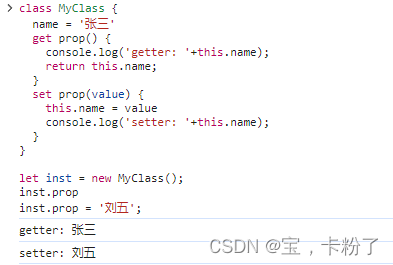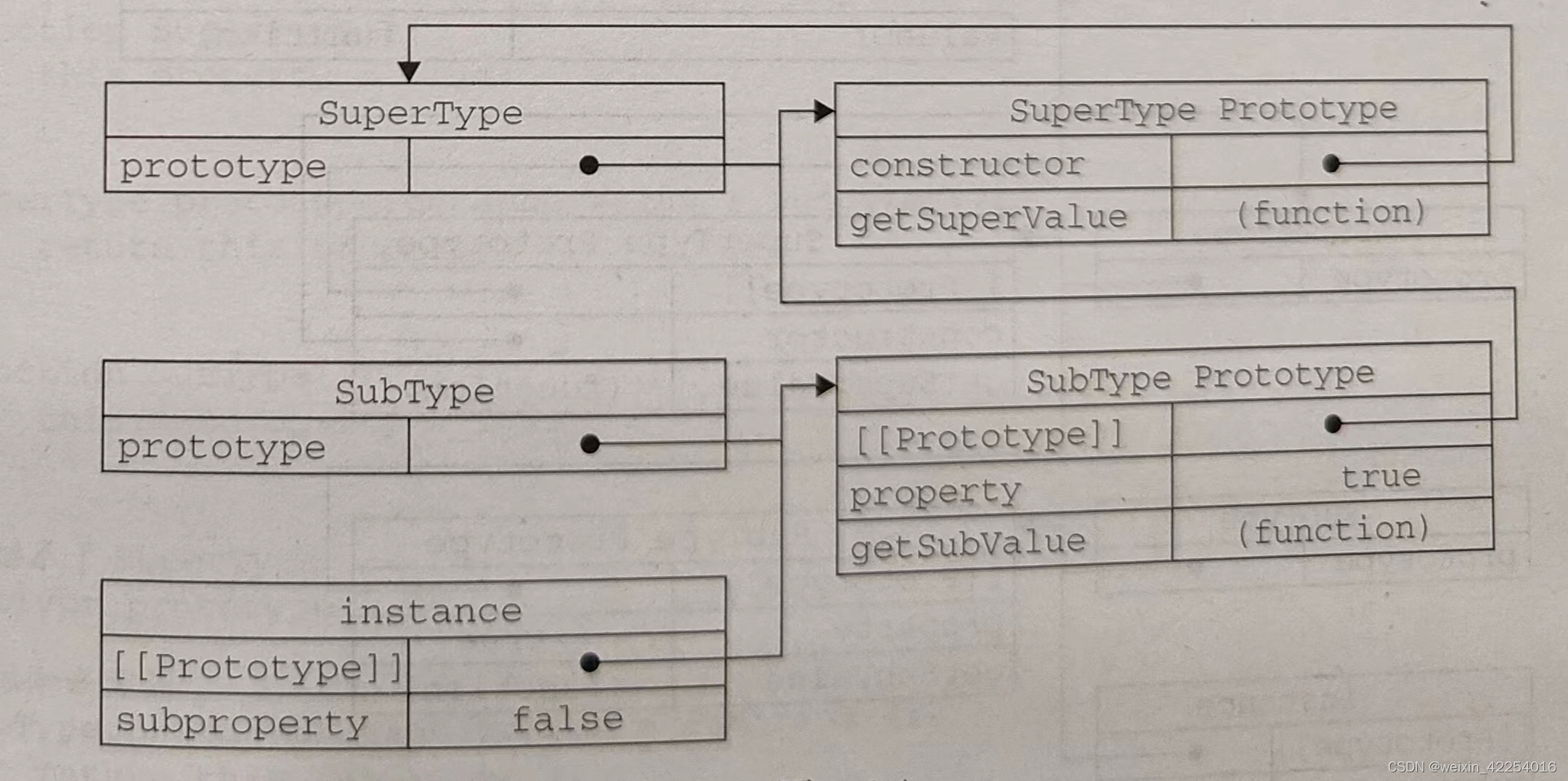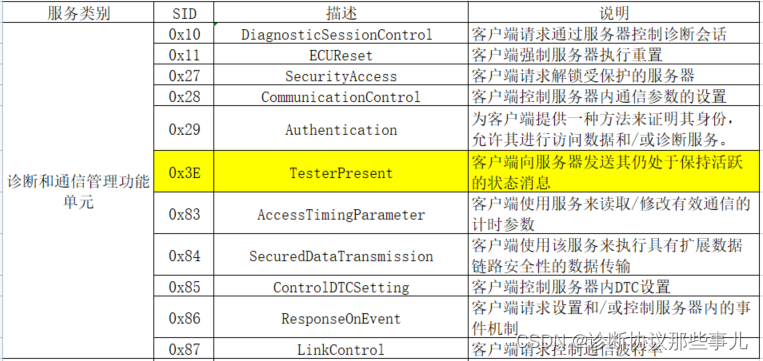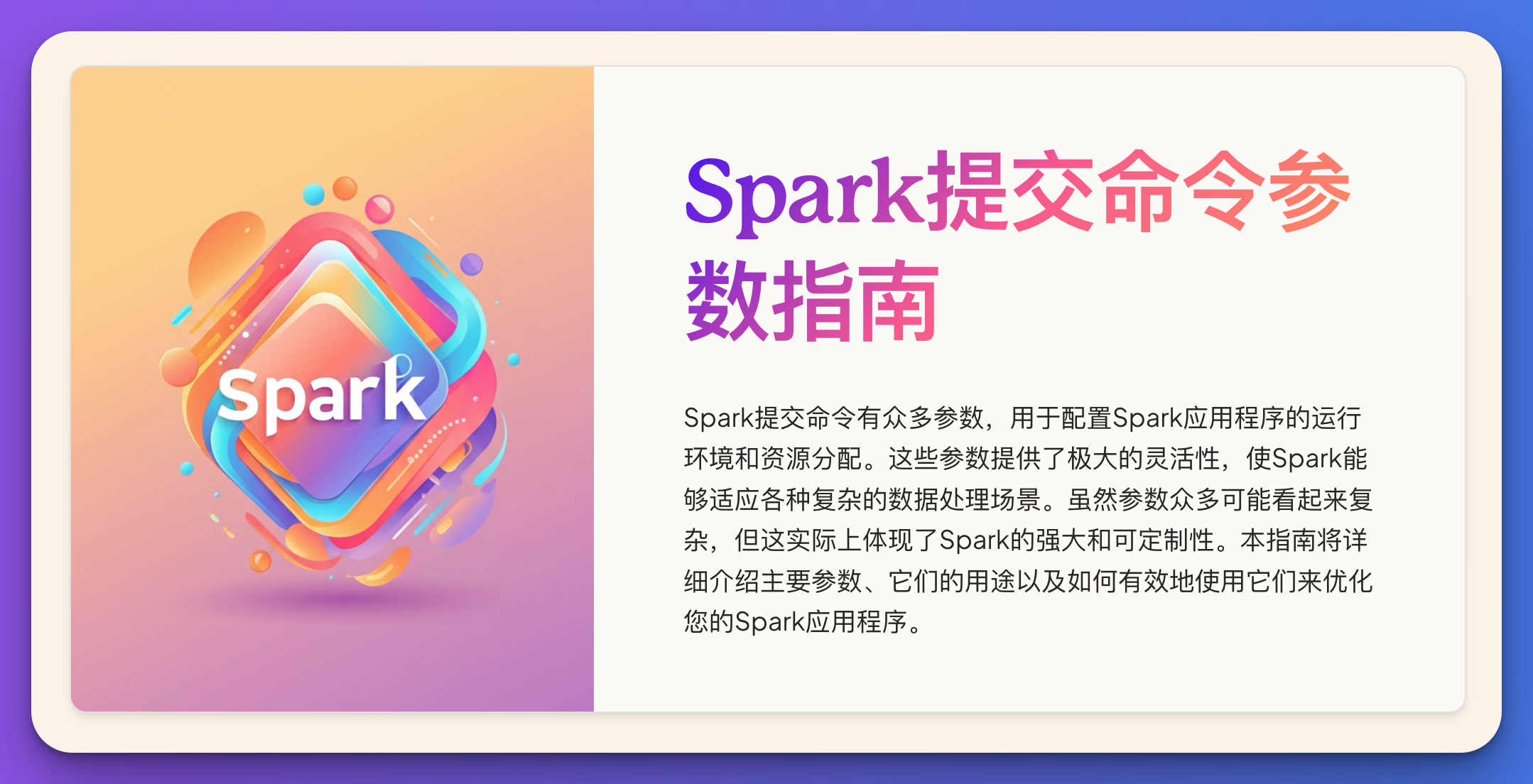ES6 中的 class 是一种面向对象编程的语法糖,提供了一种简洁的方式来定义对象的结构和行为。
JavaScript 语言中,生成实例对象的传统方法是通过构造函数。下面是一个例子。
function Point(x, y) {
this.x = x;
this.y = y;
}
Point.prototype.toString = function () {
return '(' + this.x + ', ' + this.y + ')';
};
var p = new Point(1, 2);
基本上,ES6 的 class 可以看作只是一个语法糖,它的绝大部分功能,ES5 都可以做到,新的 class 写法只是让对象原型的写法更加清晰、更像面向对象编程的语法而已。上面的代码用 ES6 的 class 改写,就是下面这样:
class Point {
constructor(x, y) {
this.x = x;
this.y = y;
}
toString() {
return '(' + this.x + ', ' + this.y + ')';
}
}
ES6 的类,完全可以看作构造函数的另一种写法:
class Point {
// ...
}
typeof Point // "function"
Point === Point.prototype.constructor // true
----------------------------------------------------------------------------
class Point {
constructor() {
// ...
}
toString() {
// ...
}
toValue() {
// ...
}
}
// 等同于
Point.prototype = {
constructor() {},
toString() {},
toValue() {},
};
主要特性:
1. 声明式语法:使用 class 关键字声明类。
2. 构造函数:使用 constructor 方法初始化类实例。
3. 实例方法:定义在类内部的普通方法,使用 this 访问实例属性。
4. 静态方法:使用 static 关键字定义,不依赖于类的实例。
5. 实例属性:在构造函数中初始化,或使用字段声明语法(目前是 Stage 3 proposal)。
6. 继承:使用 extends 关键字实现。
7. super 关键字:在子类的构造函数中调用父类的构造函数或方法。
8. getter 和 setter:使用 get 和 set定义属性的访问器。
9. 私有属性和方法:使用 # 定义私有属性和方法(目前是 Stage 3 proposal)。
1. 基本类定义和实例化
class Point {
constructor(x, y) {
this.x = x;
this.y = y;
}
toString() {
return `Point(${this.x}, ${this.y})`;
}
}
let point = new Point(10, 20);
console.log(point.toString()); // 输出: Point(10, 20)
2. 静态方法、属性
class MathUtils {
constructor() {
console.log(MyClass.myStaticProp); // 42
}
static add(a, b) {
return a + b;
}
static myStaticProp = 42;
}
console.log(MathUtils.add(1, 2)); // 输出: 3
3. 继承和 super
class Rectangle {
constructor(width, height) {
this.width = width;
this.height = height;
}
area() {
return this.width * this.height;
}
}
class Square extends Rectangle {
constructor(sideLength) {
super(sideLength, sideLength);
}
}
let square = new Square(5);
console.log(square.area()); // 输出: 25
4. getter 和 setter
class Rectangle {
constructor(width, height) {
this.width = width;
this.height = height;
}
get area() {
return this.width * this.height;
}
set width(newWidth) {
if (newWidth > 0) {
this.width = newWidth;
} else {
console.log("Width must be positive.");
}
}
}
let rect = new Rectangle(4, 5);
console.log(rect.area); // 输出: 20
rect.width = -10; // 输出: Width must be positive.
class的注意点
(1)严格模式
类和模块的内部,默认就是严格模式,所以不需要使用 use strict 指定运行模式。只要你的代码写在类或模块之中,就只有严格模式可用。考虑到未来所有的代码,其实都是运行在模块之中,所以 ES6 实际上把整个语言升级到了严格模式。
(2)不存在提升
类不存在变量提升(hoist),这一点与 ES5 完全不同。
new Foo(); // ReferenceError
class Foo {}
//不会报错
//因为 Bar 继承 Foo 的时候, Foo 已经有定义了。
//但是,如果存在 class 的提升,上面代码就会报错,
//因为 class 会被提升到代码头部,而 let 命令是不提升的,
//所以导致 Bar 继承 Foo 的时候, Foo 还没有定义。
{
let Foo = class {};
class Bar extends Foo {
}
}
(3)name 属性
由于本质上,ES6 的类只是 ES5 的构造函数的一层包装,所以函数的许多特性都被Class继承,包括 name 属性。
class Point {}
Point.name // "Point"
//name 属性总是返回紧跟在 class 关键字后面的类名。
(4)Generator 方法
如果某个方法之前加上星号( * ),就表示该方法是一个 Generator 函数。
class Foo {
constructor(...args) {
this.args = args;
}
* [Symbol.iterator]() {
for (let arg of this.args) {
yield arg;
}
}
}
for (let x of new Foo('hello', 'world')) {
console.log(x);
}
// hello
// world
//Foo 类的 Symbol.iterator 方法前有一个星号,表示该方法是一个 Generator 函数。
//Symbol.iterator 方法返回一个 Foo 类的默认遍历器, for...of 循环会自动调用这个遍历器。
(5)this 的指向
类的方法内部如果含有 this ,它默认指向类的实例。但是,必须非常小心,一旦单独使用该方法,很可能报错。
class Logger {
printName(name = 'there') {
this.print(`Hello ${name}`);
}
print(text) {
console.log(text);
}
}
const logger = new Logger();
const { printName } = logger;
printName(); // TypeError: Cannot read property 'print' of undefined
避免使用this,在构造方法中绑定 this:
class Logger {
constructor() {
this.printName = this.printName.bind(this);
}
// ...
}
避免使用this,使用箭头函数:
class Obj {
constructor() {
this.getThis = () => this;
}
}
const myObj = new Obj();
myObj.getThis() === myObj // true
避免使用this,使用 Proxy
function selfish (target) {
const cache = new WeakMap();
const handler = {
get (target, key) {
const value = Reflect.get(target, key);
if (typeof value !== 'function') {
return value;
}
if (!cache.has(value)) {
cache.set(value, value.bind(target));
}
return cache.get(value);
}
};
const proxy = new Proxy(target, handler);
return proxy;
}
const logger = selfish(new Logger());





































